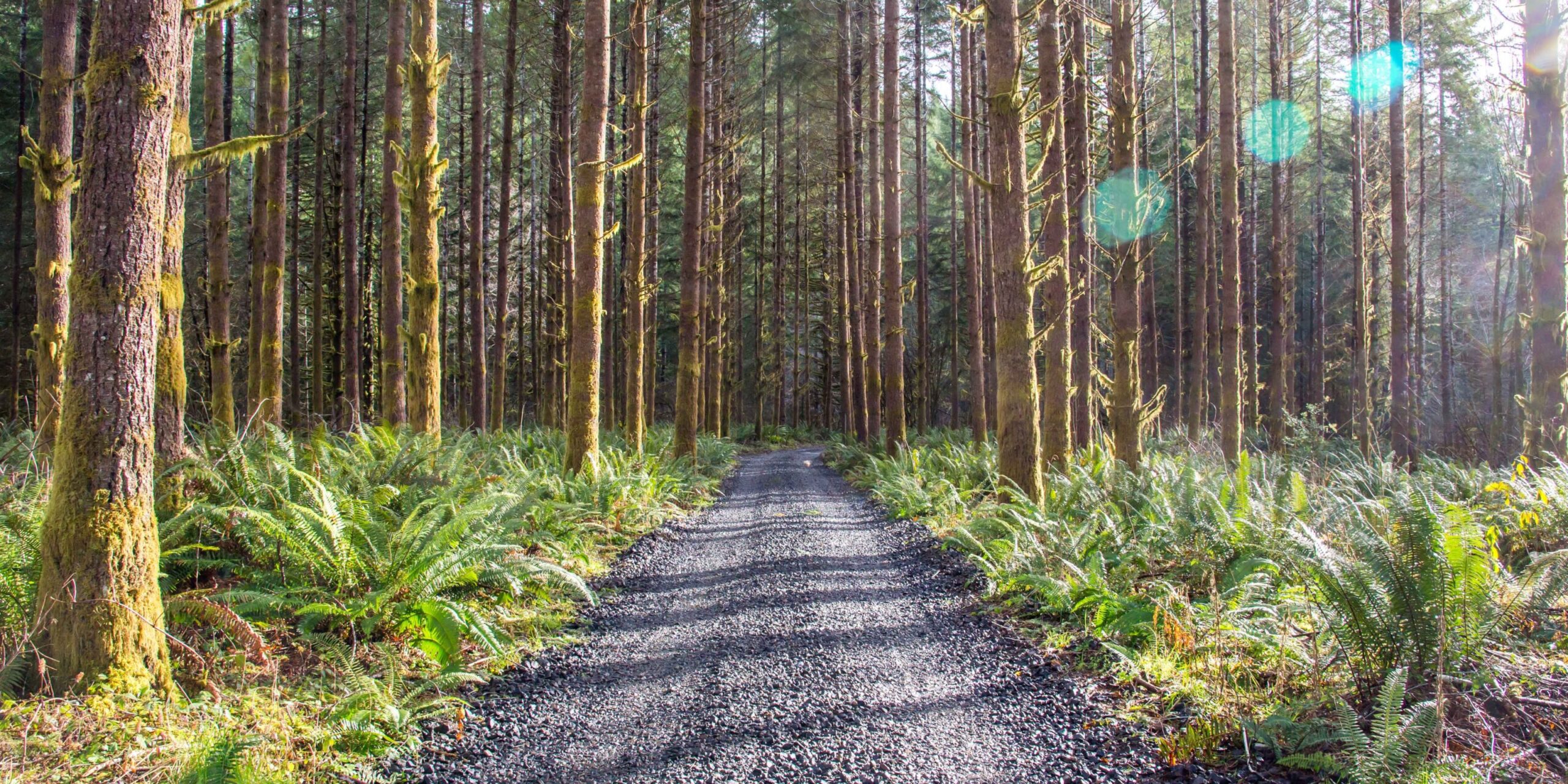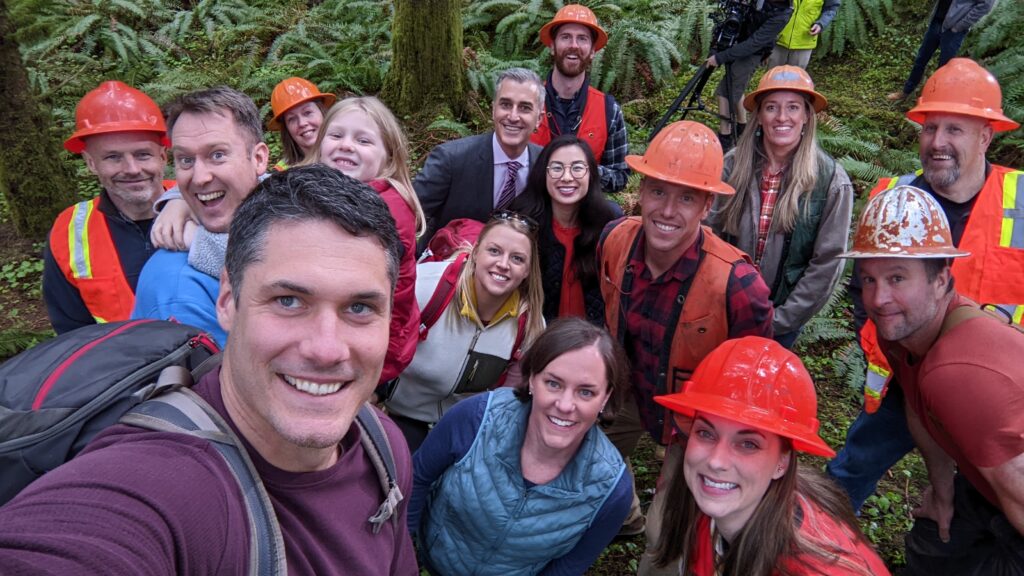
Work. Play. Renew.
Oregon’s Foresters Might be the Happiest Employees in the State

May is Mental Health Awareness Month and did you know that the forestry industry has the highest levels of self-reported happiness and lowest levels of self-reported stress of any major industry? According to analysis by The Washington Post, tracking thousands of time journals from the Bureau of Labor Statistics’ American Time Use Survey, the forestry industry is the clear winner when it comes to job satisfaction.
So, what makes the forestry industry such a happy place to work? There are several factors at play.
 First, forestry workers spend a lot of time outdoors, surrounded by nature. This is a proven mood booster, as studies have shown spending time in green spaces can lower stress levels, improve mental health, and boost overall happiness. In fact, even seeing a tree outside your window can help you recover from illness faster. Now imagine how you would feel if you got to spend 40 hours a week in the middle of hundreds of thousands of trees? You would probably be pretty happy.
First, forestry workers spend a lot of time outdoors, surrounded by nature. This is a proven mood booster, as studies have shown spending time in green spaces can lower stress levels, improve mental health, and boost overall happiness. In fact, even seeing a tree outside your window can help you recover from illness faster. Now imagine how you would feel if you got to spend 40 hours a week in the middle of hundreds of thousands of trees? You would probably be pretty happy.
The article and its research also highlight a very important aspect of the forestry industry: generational outlook. Simply put, the forestry industry forces you to think of the bigger picture, more than just the task of your day-to-day job. Forest management is a continuous cycle of caring for, utilizing and replanting trees. Each year, Oregon’s foresters’ plant 40 million trees by hand, most of which will take a full generation to grow and mature. The forester who plants today, is working on something that will benefit future generations… and that’s a gratifying feeling.
 Lastly, foresters know that the work they do is sustainable and contributes to the greater good for our communities. Managed forests help reduce carbon, prevent wildfires, keep natural water sources clean and much more. Many workers in the industry have a strong connection to the land and a deep appreciation for the natural world. This sense of purpose and connection can contribute to a sense of fulfillment and job satisfaction.
Lastly, foresters know that the work they do is sustainable and contributes to the greater good for our communities. Managed forests help reduce carbon, prevent wildfires, keep natural water sources clean and much more. Many workers in the industry have a strong connection to the land and a deep appreciation for the natural world. This sense of purpose and connection can contribute to a sense of fulfillment and job satisfaction.
So, what can we learn from the forestry industry? One takeaway is the power of nature to improve our mood and well-being. Even if you work in an office, taking breaks outside, going for walks, and finding ways to incorporate greenery into your workspace can help boost your mood and reduce stress.
Overall, the forestry industry serves as a powerful example of how work can be fulfilling, purposeful, and enjoyable, even in challenging environments. By taking cues from the forestry industry and prioritizing well-being and community in our own workplaces, we can create happier, healthier, and more productive work environments for ourselves and others.
[/et_pb_text][et_pb_code _builder_version=”4.19.2″ _module_preset=”default” hover_enabled=”0″ sticky_enabled=”0″]